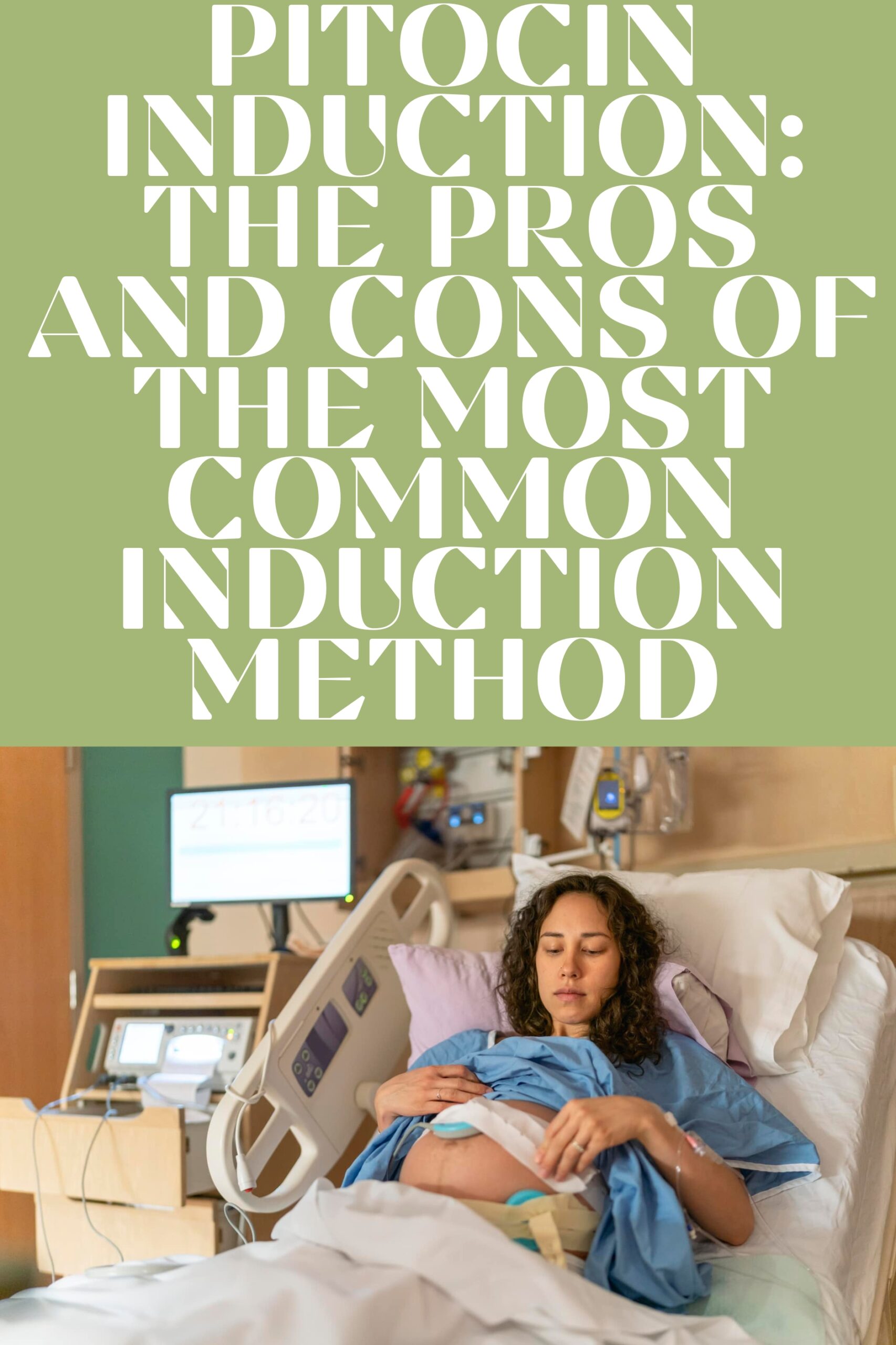Discover the benefits and drawbacks of Pitocin induction, the widely-used method for labor induction. Explore its safety, effectiveness, and alternatives in this comprehensive guide.
Welcome to our in-depth exploration of Pitocin induction, the go-to method for inducing labor in pregnant individuals. In this article, we will delve into the pros and cons of this widely-used technique, providing you with valuable insights to make informed decisions about your childbirth journey.
Understanding Pitocin Induction

Pitocin induction is a medical procedure used to initiate or accelerate labor in pregnant individuals. It involves the administration of synthetic oxytocin, a hormone responsible for triggering uterine contractions. This procedure is typically used when natural labor has not begun, or when there is a medical need to speed up the labor process. It’s essential to have a basic understanding of how Pitocin induction works before exploring its pros and cons.
Pros of Pitocin Induction

Shortened Labor Duration
One of the primary advantages of Pitocin induction is that it can significantly reduce the duration of labor. This is particularly beneficial in cases where a prolonged labor might lead to exhaustion or distress for the mother or baby. By speeding up the labor process, Pitocin can help bring the baby into the world more quickly.
Controlled Timing
Pitocin induction allows healthcare providers to schedule labor, which can be vital in certain situations. For example, when there are high-risk pregnancies or medical complications, the ability to plan the timing of labor can be crucial for the well-being of both the mother and the baby.
Monitoring Capabilities
During Pitocin-induced labor, medical professionals can closely monitor the mother and baby’s condition. This continuous monitoring ensures that any potential issues are promptly identified and addressed, contributing to a safer childbirth experience.
Cons of Pitocin Induction

Increased Pain
One significant drawback of Pitocin induction is that the contractions it induces can be more intense and painful than natural contractions. This heightened pain often necessitates the use of pain management techniques, such as epidurals or other medications.
Risk of Hyperstimulation
In some cases, Pitocin can cause hyperstimulation of the uterus, where contractions become too frequent and intense. This situation can lead to fetal distress and may require an emergency cesarean section (C-section) to protect the baby’s well-being.
Limited Mobility
Pitocin-induced labor often requires continuous monitoring and the administration of the medication through intravenous (IV) lines. This can limit the mother’s mobility during labor, making it challenging to move around or change positions as freely as she might during natural labor.
Alternatives to Pitocin Induction

While Pitocin is a common choice for labor induction, it’s essential to be aware that there are alternatives available. Some alternatives to Pitocin induction include membrane stripping, amniotomy (breaking the amniotic sac), and natural methods like nipple stimulation or certain herbal remedies. Discussing these options with your healthcare provider is essential to determine the most suitable approach for your specific situation.
Pitocin vs. Other Induction Methods

When deciding whether to opt for Pitocin induction or one of the alternatives, it’s helpful to compare the pros and cons of each method. Consider factors such as the urgency of induction, your medical history, and your preferences to make an informed decision.
Final Words
In conclusion, Pitocin induction offers both advantages and disadvantages. It can be a valuable tool in managing labor but should be carefully considered alongside alternative methods. Ultimately, the decision should be based on your unique situation and discussed thoroughly with your healthcare provider.
FAQs
Is Pitocin induction safe?
Yes, when administered and monitored by healthcare professionals, Pitocin induction is generally safe. However, like any medical procedure, it carries some risks, which should be discussed with your healthcare provider.
Can I request Pitocin induction?
Yes, you can discuss your preferences and concerns with your healthcare provider to determine if Pitocin induction is a suitable option for you based on your medical history and the current status of your pregnancy.
What are the risks to the baby?
While Pitocin induction can be safe when closely monitored, there are potential risks, such as hyperstimulation or fetal distress. Healthcare providers take precautions to minimize these risks.
How long does a Pitocin-induced labor typically last?
The duration of labor following Pitocin induction can vary widely among individuals. However, it often results in a shorter labor compared to natural onset.
Are there natural ways to induce labor?
Yes, there are natural methods to encourage labor onset, such as walking, nipple stimulation, or certain herbal remedies. However, the effectiveness of these methods varies from person to person.
Can I change my mind about Pitocin induction once it begins?
Yes, you can always discuss your preferences and concerns with your healthcare provider during the labor process. They will work with you to make decisions that prioritize your well-being and the health of your baby.
